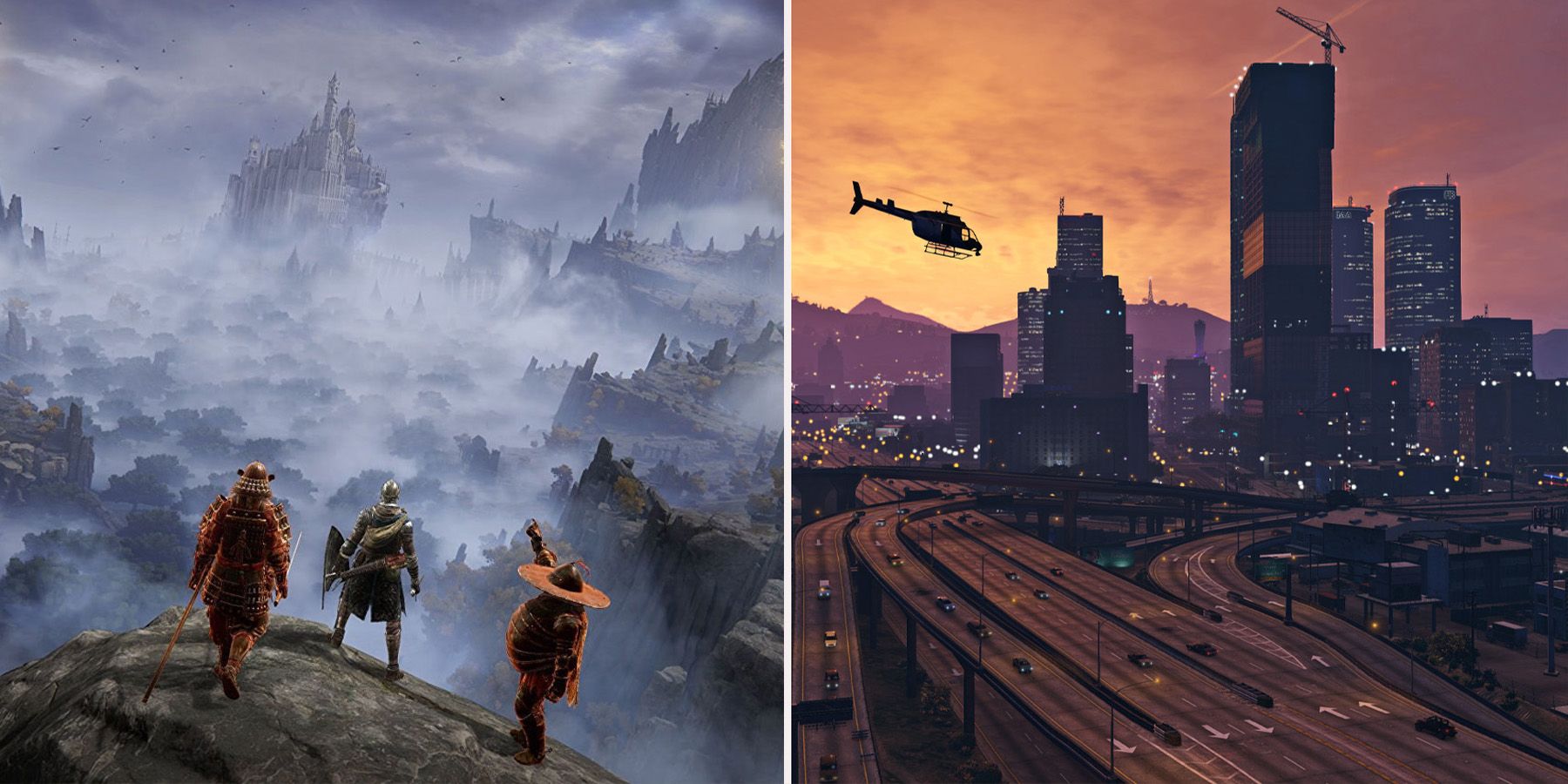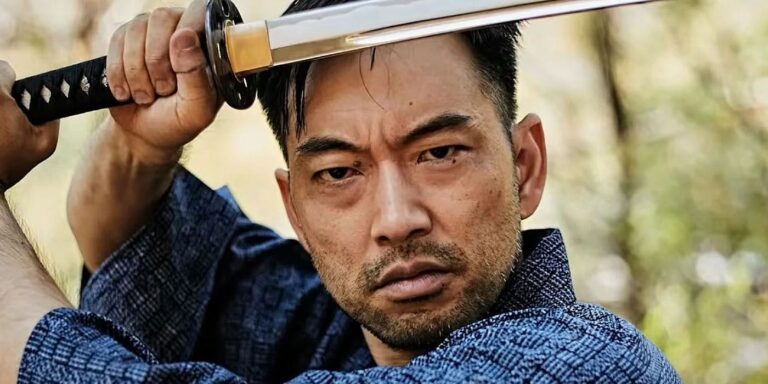When a captivating game like Ghost of Tsushima hits the market, fans often wonder: is Ghost of Tsushima based on true events? Developed by Sucker Punch Productions, this action-adventure game immerses players in the breathtaking landscapes of feudal Japan during the Mongol invasion of Tsushima Island. As the protagonist, Jin Sakai, fights to protect his homeland and traditions, players are left to ponder the historical accuracy of the game’s events. While Ghost of Tsushima is deeply inspired by the samurai ethos and the real history of the Mongol invasions, it creatively blends fact and fiction to craft a compelling narrative. Let’s delve deeper into the mysteries surrounding the origins of Ghost of Tsushima and uncover the truth behind this enchanting gaming experience.
Historical Background of Ghost of Tsushima
The critically acclaimed game “Ghost of Tsushima” is set on the real-life Japanese island of Tsushima during the Mongol invasions of Japan in the late 13th century. While the characters and specific events in the game are fictional, the overall historical setting is inspired by real events.
The Mongol Invasions
During the 13th century, the Mongol Empire, led by Kublai Khan, launched two massive invasions of Japan in 1274 and 1281. These invasions, known as the Mongol Invasions of Japan, were significant historical events that reshaped Japan’s military tactics and preparedness.
The first invasion in 1274 was thwarted by a typhoon that destroyed much of the Mongol fleet, a phenomenon known as the “kamikaze” or “divine wind.” The second invasion in 1281 also faced a similar fate due to another typhoon, reinforcing the belief among the Japanese that they were protected by divine forces.
Impact on Japanese Culture
The Mongol invasions had a profound impact on Japanese culture and military practices. They led to the construction of coastal defenses, the development of new weapons and tactics, and a heightened sense of national identity among the Japanese people.
- The kamikaze typhoons were later considered symbols of divine intervention and played a role in shaping Japanese religious beliefs.
- The Japanese samurai, renowned for their honor and combat skills, gained further prominence during this period for their role in defending Japan against the Mongol forces.

Real Events vs. Game Plot
When players delve into the captivating world of Ghost of Tsushima, they might wonder how much of the game is based on true events. The game, developed by Sucker Punch Productions, is set on the island of Tsushima during the first Mongol invasion of Japan in 1274. While Ghost of Tsushima is inspired by the historical context of that period, it is crucial to differentiate between the actual events that took place and the fictional elements introduced in the game.
Historical Accuracy
While the game’s setting and some events are based on the real invasion of Tsushima by the Mongols, Ghost of Tsushima takes creative liberties with its characters and storylines. The protagonist, Jin Sakai, and his journey to become the Ghost are fictional, adding a layer of personal drama to the historical backdrop. It’s important for players to appreciate the blend of historical accuracy and fictional storytelling that makes Ghost of Tsushima an immersive experience.
Setting and Locations
The game beautifully recreates the landscapes of Tsushima, showcasing the lush forests, serene shrines, and formidable castles that define the island. While some locations are based on real landmarks found on Tsushima, others are fictionalized to suit the gameplay and narrative. Players can explore the vibrant world of Ghost of Tsushima while appreciating the developer’s attention to detail in bringing the island to life.
Authenticity of Characters and Settings
When delving into the question of whether the game “Ghost of Tsushima” is based on true events, it’s essential to consider the authenticity of its characters and settings. The game is set during the Mongol invasion of Tsushima Island in the late 13th century, depicting the struggle of the samurai against the invaders. While the main characters like Jin Sakai and Lord Shimura are fictional, they are intricately woven into the historical backdrop of the invasion, blending real events with a fictional narrative.
Historical Accuracy
The developers of “Ghost of Tsushima” went to great lengths to recreate an authentic representation of feudal Japan during the Mongol invasion. From the architecture of villages to the traditional clothing worn by characters, every detail was meticulously researched and designed to immerse players in the historical setting. This attention to historical accuracy adds depth and credibility to the game’s storyline, making players feel like they are experiencing a true historical event.
Moreover, the landscapes in the game are inspired by the real-life locations of Tsushima Island, showcasing the lush forests, serene temples, and sprawling fields that characterize the island’s natural beauty. By staying true to the geography and topography of Tsushima, the game creates a sense of authenticity that resonates with players.
Cultural Representation
In addition to historical accuracy, “Ghost of Tsushima” also pays homage to Japanese culture and traditions. The game incorporates elements of samurai code, tea ceremonies, and haiku poetry, giving players a glimpse into the rich cultural heritage of Japan. By infusing these cultural nuances into the gameplay, the developers have succeeded in capturing the essence of Japanese identity and honoring the legacy of the samurai warriors.
Through meticulous attention to detail and a deep respect for Japanese history and culture, “Ghost of Tsushima” stands as a testament to the authenticity of its characters and settings, offering players a truly immersive and engaging experience that transcends mere entertainment.
Similarities and Differences
When exploring the question of whether “Ghost of Tsushima” is based on true events, it’s essential to delve into the similarities and differences between the game’s narrative and historical reality.
Similarities
One of the most striking similarities between the game and actual history is the setting of Tsushima Island during the Mongol invasions of Japan in the 13th century. The game’s developers, Sucker Punch Productions, meticulously recreated the landscape of Tsushima, capturing the essence of the island during that tumultuous period.
- The depiction of samurai warriors fighting against the Mongol forces mirrors the historical resistance put up by the real-life samurai of Tsushima.
- The architectural details of castles and villages in the game closely resemble traditional Japanese structures from that era.
Differences
While “Ghost of Tsushima” draws inspiration from historical events, it also takes creative liberties to enhance gameplay and storytelling. One key difference is the protagonist, Jin Sakai, who is a fictional character created for the game. Although his journey reflects the struggles faced by the samurai during the Mongol invasions, his story is not based on a specific historical figure.
Additionally, certain events and interactions in the game are dramatized for narrative purposes, deviating from the precise sequence of events that occurred during the actual historical timeline of the Mongol invasions.

Frequently Asked Questions
-
- Is Ghost of Tsushima a historically accurate game?
- While Ghost of Tsushima is based on real events and set during the Mongol invasion of Japan in the 13th century, it is not entirely historically accurate. The game takes creative liberties to enhance the gameplay and storytelling experience.
-
- Are the characters in Ghost of Tsushima real historical figures?
- Some characters in Ghost of Tsushima are inspired by real historical figures such as Jin Sakai, who is not a specific historical figure but represents the samurai warriors of that time period. Other characters are fictional creations for the game.
-
- Did the events depicted in Ghost of Tsushima actually happen?
- While the Mongol invasion of Japan did occur in the 13th century, the specific events and characters in Ghost of Tsushima are fictionalized. The game’s storyline and quests are not direct representations of actual historical events.
-
- Is there any truth to the supernatural elements in Ghost of Tsushima?
- Ghost of Tsushima incorporates elements of Japanese mythology and folklore into its storyline, but these supernatural aspects are not based on historical events. The game blends historical realism with fantastical elements for an immersive experience.
-
- Can playing Ghost of Tsushima provide insights into Japanese history?
- While Ghost of Tsushima is not a substitute for studying Japanese history, it can offer players a glimpse into the cultural and historical context of the Mongol invasion of Japan. The game’s setting and details draw inspiration from historical events and traditions.
Final Thoughts: Delving into the Mystery of Ghost of Tsushima’s Origins
After exploring the depths of the captivating world of Ghost of Tsushima and its historical context, we have discovered that while the game is inspired by the events of the Mongol invasion of Japan, it is not entirely based on true events. Sucker Punch Productions brilliantly blended history with fiction to deliver an immersive gaming experience that pays homage to the samurai culture. By intertwining historical elements with creative storytelling, Ghost of Tsushima takes players on an unforgettable journey through a beautifully crafted world. Remember, sometimes the most captivating stories are the ones that blur the lines between reality and imagination.



